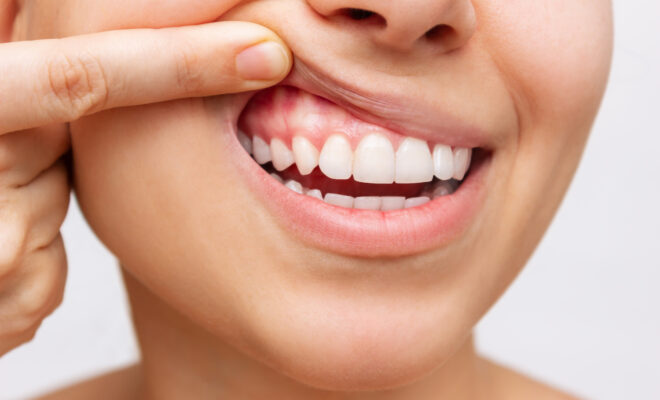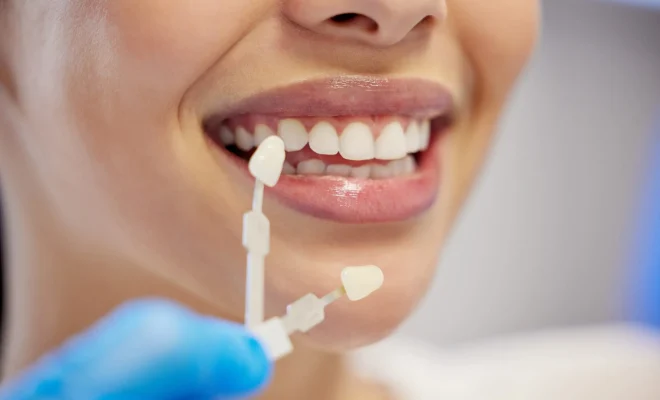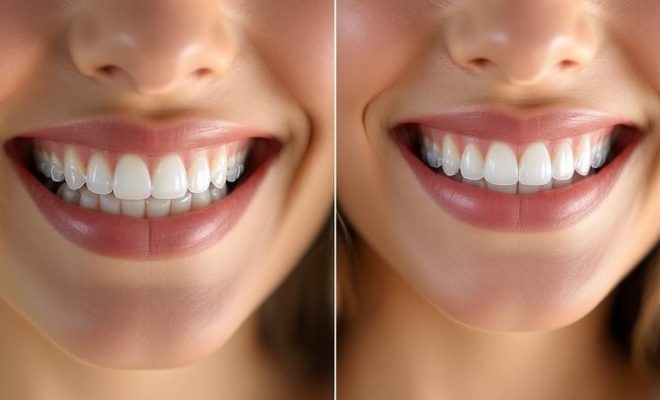OPG (Orthopantomogram): Procedure and Indications

An orthopantomogram (OPG), commonly known as a panoramic dental x-ray, is a useful diagnostic technique in dentistry that provides a comprehensive picture of the teeth, jaws, temporomandibular joints (TMJs), and surrounding tissues in a single image. This sophisticated X-ray used by a dentist Panama City Beach, FL gives a complete perspective, allowing dentists to examine numerous tooth and oral health concerns. In this post, we’ll look at what an OPG is, how it works, why it’s utilized, and what to expect from the operation.
What is an OPG (Orthopantomogram)?
OPGs are two-dimensional x-ray images that provide a panoramic picture of the complete mouth, including the upper and lower jaws, teeth, and surrounding tissues. Unlike typical dental X-rays, which focus on specific parts of the mouth, an OPG gives a more comprehensive image, allowing dentists to check overall oral health and detect numerous dental disorders.
How Does an OPG Work?
An OPG process involves the patient standing or sitting upright while a specialized X-ray machine revolves around the head, taking pictures as it goes. The X-ray equipment sends out a small quantity of radiation, which travels through the mouth and surrounding tissues to produce a panoramic image. The entire procedure takes a few seconds to finish.
Why is an OPG Used?
An OPG is a valuable diagnostic tool used by dentists for various purposes, including:
- Assessing Tooth Development: An OPG can help dentists monitor the development and eruption of permanent teeth, identify missing or impacted teeth, and detect abnormalities in tooth structure.
- Detecting Dental Problems: An OPG can reveal a wide range of dental issues, including tooth decay, gum disease, cysts, tumors, and jawbone abnormalities.
- Planning Orthodontic Treatment: Orthodontists use OPG images to evaluate the position of teeth, assess jaw alignment, and plan orthodontic treatment, such as braces or Invisalign.
- Diagnosing TMJ Disorders: An OPG can give dentists significant information about the temporomandibular joints (TMJs), helping them to identify and treat TMJ issues more efficiently.
An OPG, or Orthopantomogram, is a useful diagnostic tool in dentistry that provides a panoramic image of the whole mouth. This advanced x-ray gives dentists a thorough image of the teeth, jaws, and surrounding tissues, helping them to more accurately examine various dental and oral health concerns. If your dentist suggests an OPG, you can be certain that it is a safe, rapid, and non-invasive treatment that will reveal vital information about your dental health. If you have any questions or concerns concerning OPG imaging, do not hesitate to speak with your dentist.







